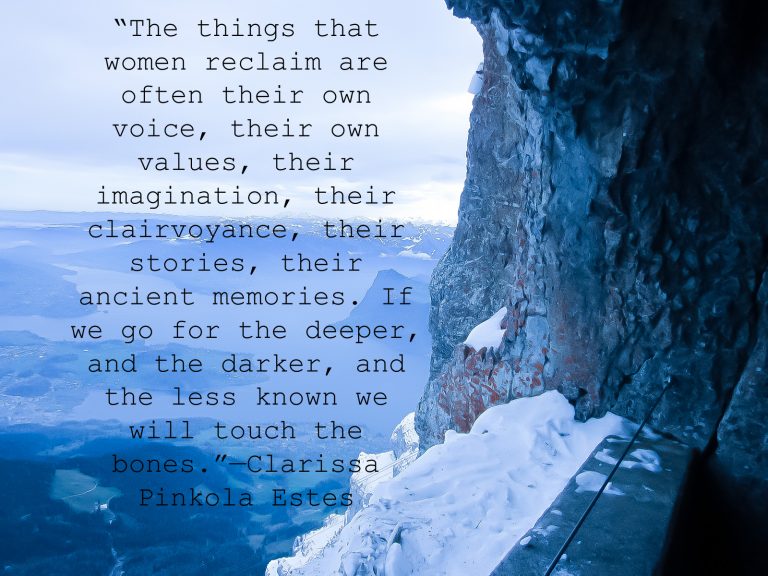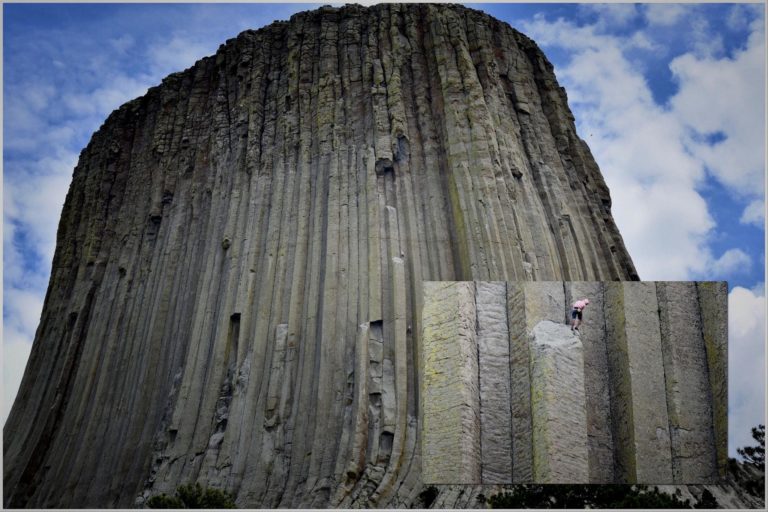John O’Donohue, a great Irish teacher and poet, and author of numerous books including Anam Cara: A Book of Celtic Wisdom, Divine Beauty, and To Bless the Space Between Us: A Book of Blessings, wrote this poem, entitled “On Meeting a Stranger”:
With respect
And reverence
That the unknown
Between us
Might flower
Into discovery
And lead us
Beyond
The familiar
Blind with the weed
Of weariness
And the old walls
Of habit
John O’Donohue, On Meeting a Stranger
To Bless the Space Between Us, 2008, p. 95
How do we tend to meet someone for the first time?
How can we drop the “weed of weariness and the old walls of habit”, as John O’Donohue wrote? How might we let go of our assumptions and judgments of others – and extend “respect and reverence so that the unknown between us might flower into discovery”?
We might start by holding space for the other and allowing he/she/they to just be, without trying to change them. This is certainly easier said than done, especially when we might hold different views, or we’ve been shaped by different forces in our lives and that shaping shows up as differences in appearance, different views, different customs and practices, and ways of holding and presenting ourselves. We can be curious about the other person’s identity, and the influences (people, groups, institutions, cultural norms, events, etc.) that have shaped them into who they are, just as we ourselves have been shaped by the influences.
David Treleaven, author of Trauma-Sensitive Mindfulness (https://davidtreleaven.com ), and Staci Haines and other master teachers trained at the Strozzi Institute (https://strozziinstitute.com ), have shared a short and simple exercise that illustrates this beautifully. Try this:
Make a fist with one hand, and imagine that the fist’s job is to stay closed tightly. With your other hand, try to pry open the fist. Notice what the fist does in response as it does its job.
Then shake that off (relax your hands) and re-make the fist with one hand.
Now bring the other hand underneath the fist to cradle and support it gently, without trying to do anything to change it. You might think or say to the fist: “Good job, well done!”
As you allow the fist to just be and offer it respect and gratitude, notice what happens to the fist and the tension in that hand.
Spoiler alert: The muscles maintaining the closed, tight fist tend to relax, and the fingers may start to open just a bit over time.
The fist may represent a way of being, a shaping of sorts, or a habit, a practice or a way of showing up in life that has protected us in some way. Rather than judging it as bad or wrong, or trying to impose change on it, if we can offer it gratitude and reverence for what how it has served us…in protecting our physical or emotional safety in some way, our connection or belongingness, or our dignity and respect. When we offer it support and acceptance, the fist may start to grip less tightly, the habit or way of showing up may begin to relax and loosen and may even begin to “flower into discovery”.
We can start by practice welcoming ourselves in this way…offering ourselves compassion and gratitude for a habit or practiced way of being. We can be grateful for the job it has done, and let it gently fall away, like a beautifully colored Fall leaf falling to the ground having done its work, allowing it to “retire”… making space for a new way of seeing, being, and/or doing to take root with another season.
Stay tuned for more tree metaphors in the next blog on Minding an Idea. Happy Fall! J
Drop me an email and share your story or what this inspires for you: tinageithner@me.com.







